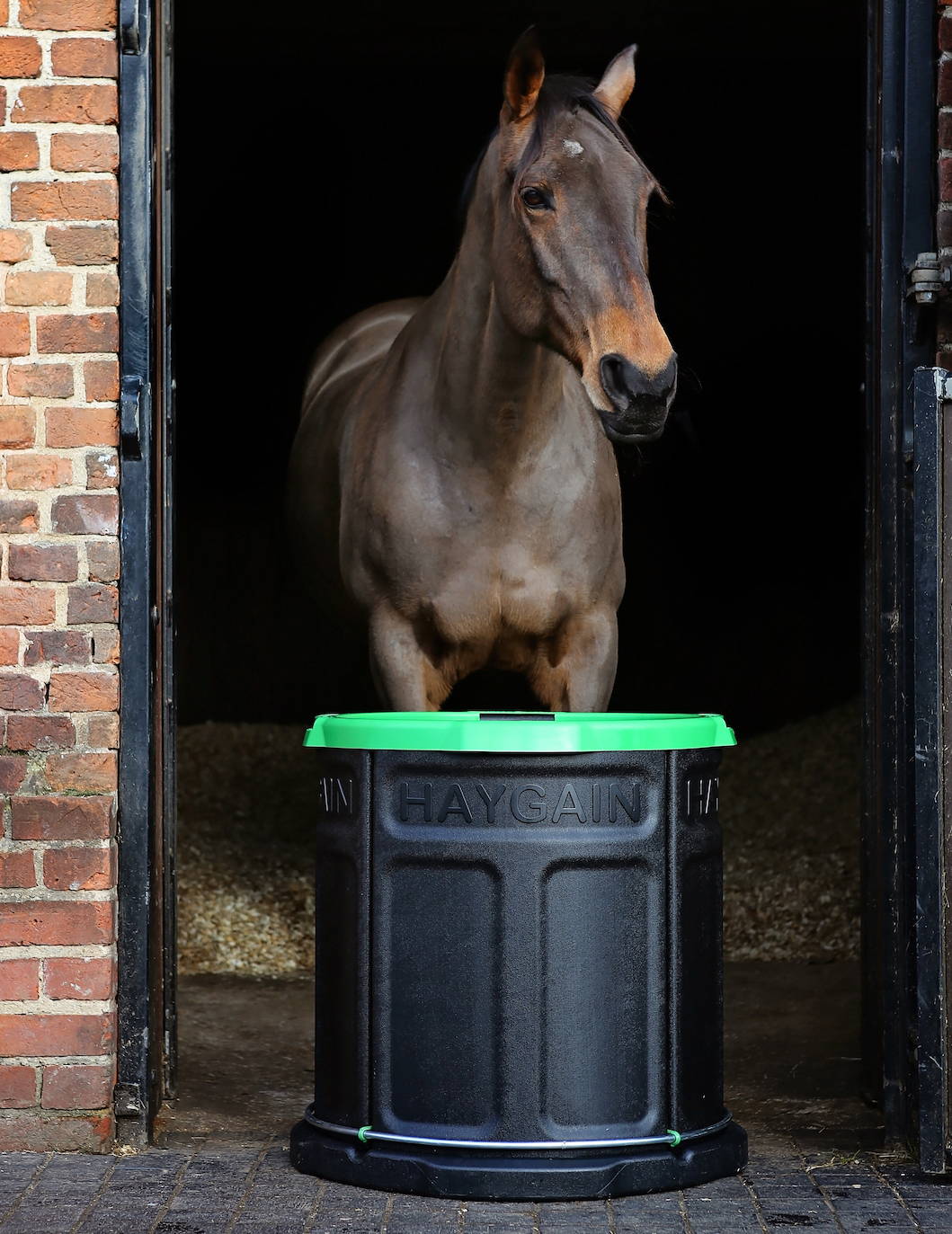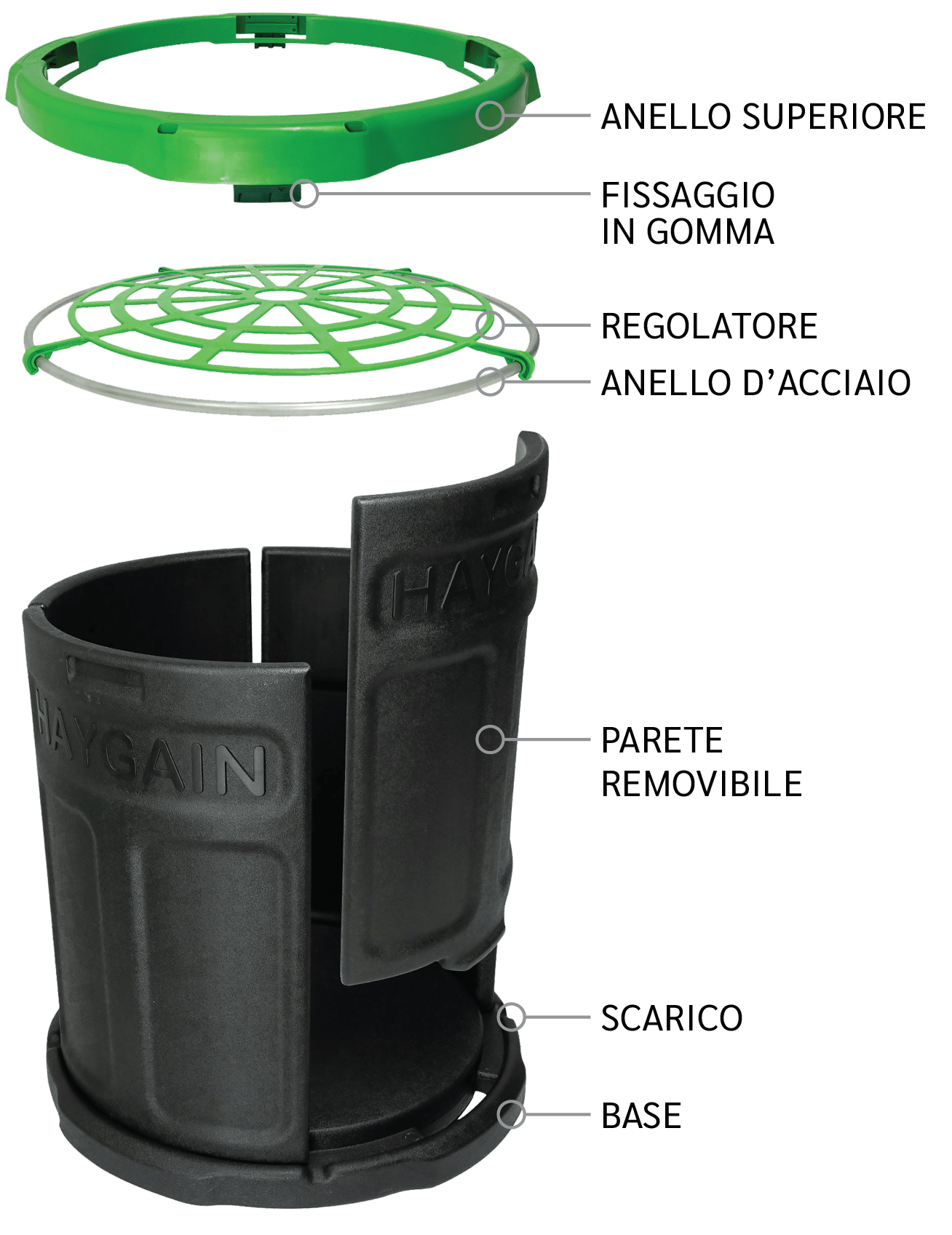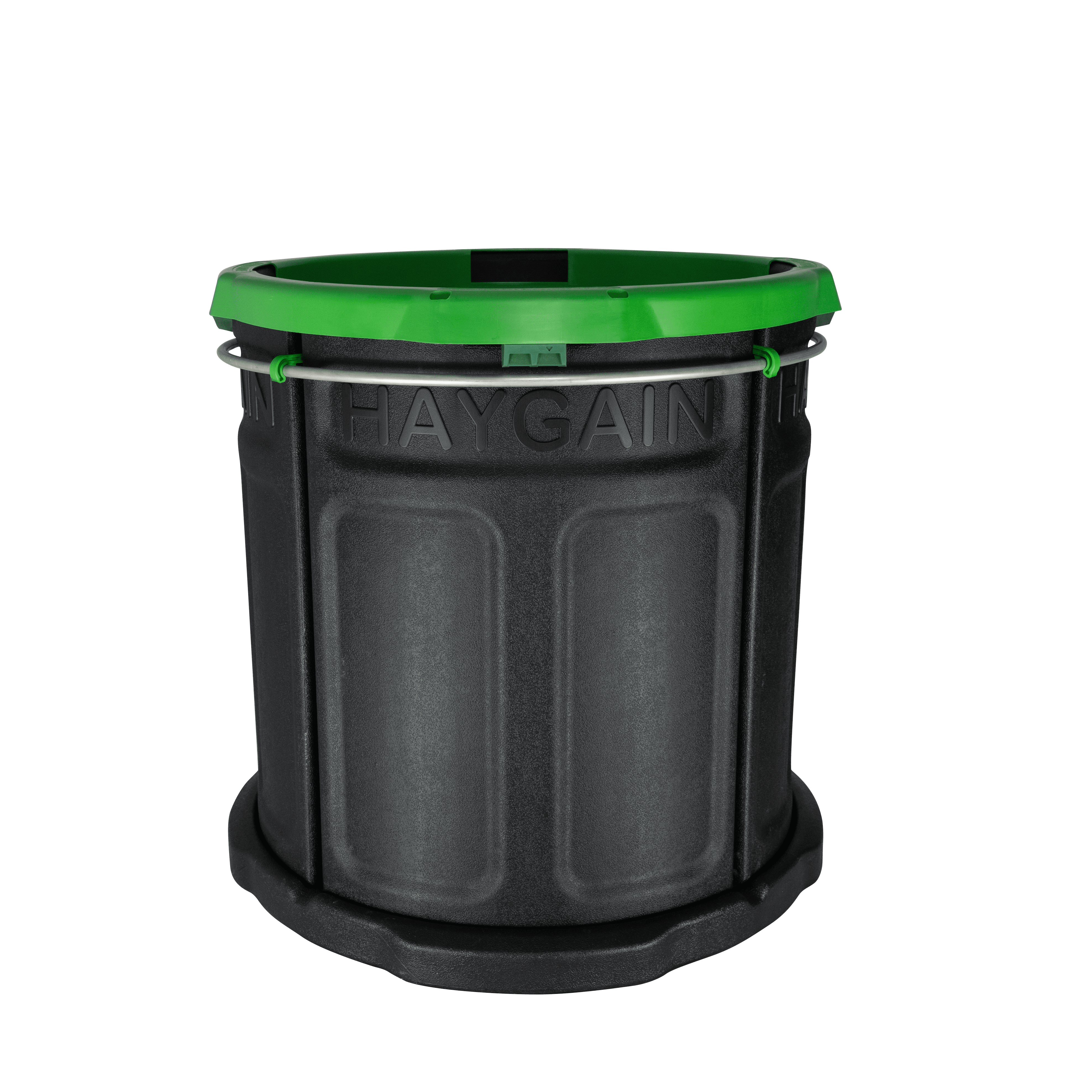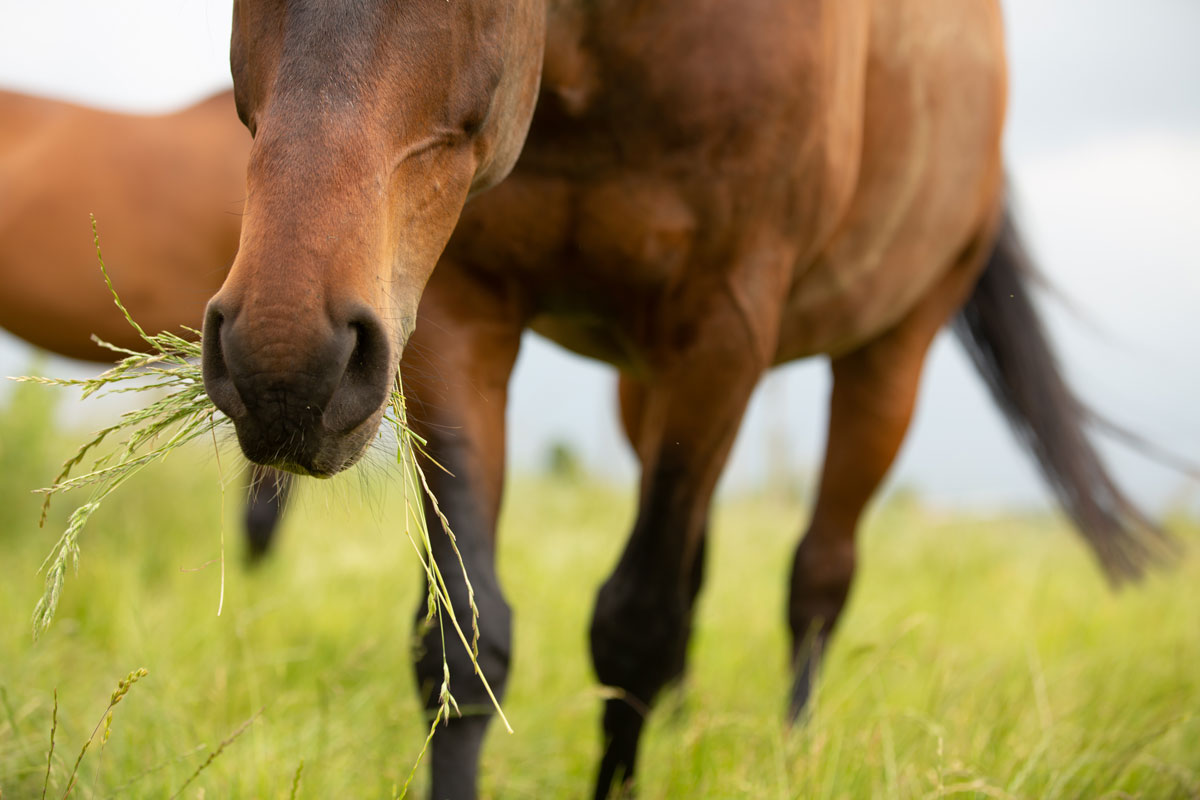Renowned veterinarian and researcher Dr. Hilary Clayton tested and liked Haygain’s Forager slow-feeder, both for the natural position it makes horses take and the slow chewing.
Who is Dr. Hilary Clayton?
Dr. Hilary Clayton is a veterinarian, researcher, horse owner and an amazon in the discipline of dressage. His academic degrees represent a lifetime spent studying and discovering methods of horse management related solely to their well-being with regard to health, daily living and sports performance.
The doctor is a highly respected author with the ability to synthesize complicated biomechanical processes into information that owners can use in their daily relationship with their horse.
His assessment of Forager, the slow-feeder
Dr. Clayton’s response after a few weeks of using the Forager slow-feeder was anything but complicated:
Dr. Hilary Clayton
I think it’s a very good product
Forager, cylindrical in shape and 71 cm tall, has an adjustment grid that sits on top of the nearly 12 kg of hay it can hold. The horse eats hay in small bites through the grid, extending the duration of meals to approximate the grazing rhythm for which the equine digestive system is designed. This results in longer chewing, which in turn promotes increased saliva production that helps protect the stomach lining from natural acids that can cause ulcers.
Forager also allows the horse to eat with its head in a natural, lowered position as it would in the wild.
Discover Forager
The safety of the slow-feeder

Product reliability for stable and safe use was Dr. Clayton’s first concern along with the natural feeding of the horse.
Dr. Hilary Clayton
I like that it is sturdy and made of horse-safe materials
In his test with his horse, he started with the “Standard” grid instead of the one considered “Easy” from which it is slightly easier for horses to extract forage. Speaking of her faithful lusitano companion, Donzi, Dr. Clayton explains, “My horse is already used to taking hay from slow-feeding nets. He had no trouble learning to get used to Forager.”
He observed that Forager seems to slow down his horse’s feeding rate in a major way, without being able to quantify by how much because he used overnight. In winter, after moving from Michigan to Florida, where Donzi will not have much access to pasture, he will use Forager during the day. Dr. Clayton is confident that she will help distribute meals to keep her weight under control.
The Forager can be attached to the stable walls or can be made more stable by pouring sand into its base. Dr. Clayton was sure her horse would try to tick on the edge of the Forager, so she did not put sand in the unit to make it less stable and avoid its habit.
Dr. Hilary Clayton
After dragging him to the center of the barn the first two nights, he gave up trying
The secret of the horse’s natural position during meals
Allowing horses to eat with a lowered head position is a very important advantage of Forager.
Dr. Hilary Clayton
Definitely encourages good head and neck position
A study on horse feeding published in March this year showed changes in neck and back shape for horses eating from the floor and hay nets.
Eating from the ground is the most common position and has the least impact on the stiffness of the horse’s neck and back. The study acknowledged that hay nets can slow feeding, but with potential negative effects on back and neck posture that can, in turn, negatively affect the horse’s well-being. Because the horse’s head and neck make up 10 percent of the horse’s body weight and are located a short distance from the horse’s center of gravity, the shape and posture of the horse’s neck and back are critical to their well-being.
The research of the University of Turin
For dressage training, it is important to teach the horse to work with a rounded back line. Some of the tests include an “elastic circle” in which the horse is encouraged to lower its neck and nose, stretching its back muscles and maintaining an elastic back line. Common sense suggests that more time spent in that stretched position is good for the horse, while time spent with the head in an unnatural, elevated position can have the opposite effect. The study found that environmental, management and training conditions influence a horse’s posture even more than age.
The research in which Dr. Emanuela Valle also participated, conducted at the Department of Veterinary Science, University of Turin, is titled “Study of changes in the shape of horses’ back, neck and mandibular angle depending on specific feeding positions using geometric morphometry.”
The study also found that the horse’s mandibular angle (lower jaw) was wider and more natural when it eats from the ground.
Hygiene and other advantages of the Forager slow-feeder

By containing hay, Forager prevents waste and contamination when forage is mixed with bedding, manure and urine. For similar reasons, Dr. Clayton believes Forager could also help prevent horses from ingesting sand when living in paddocks.
Dr. Hilary Clayton
I like that it is sturdy and made of horse-safe materials
The regulator grid is held in place by an external metal slider that prevents horses from tipping the regulator.
Forager is the best solution for slow and safe horse feeding. Dr. Clayton’s feedback on the feeder after testing it is simple but firm:
Dr. Hilary Clayton
I love using Forager!
Haygain is a world-renowned company dedicated to the health of horses. In addition to the Forager slow-feeder, Haygain manufactures high-temperature hay Steamers and ComfortStall orthopedic floors.
For more information about Haygain products, visit our website.


